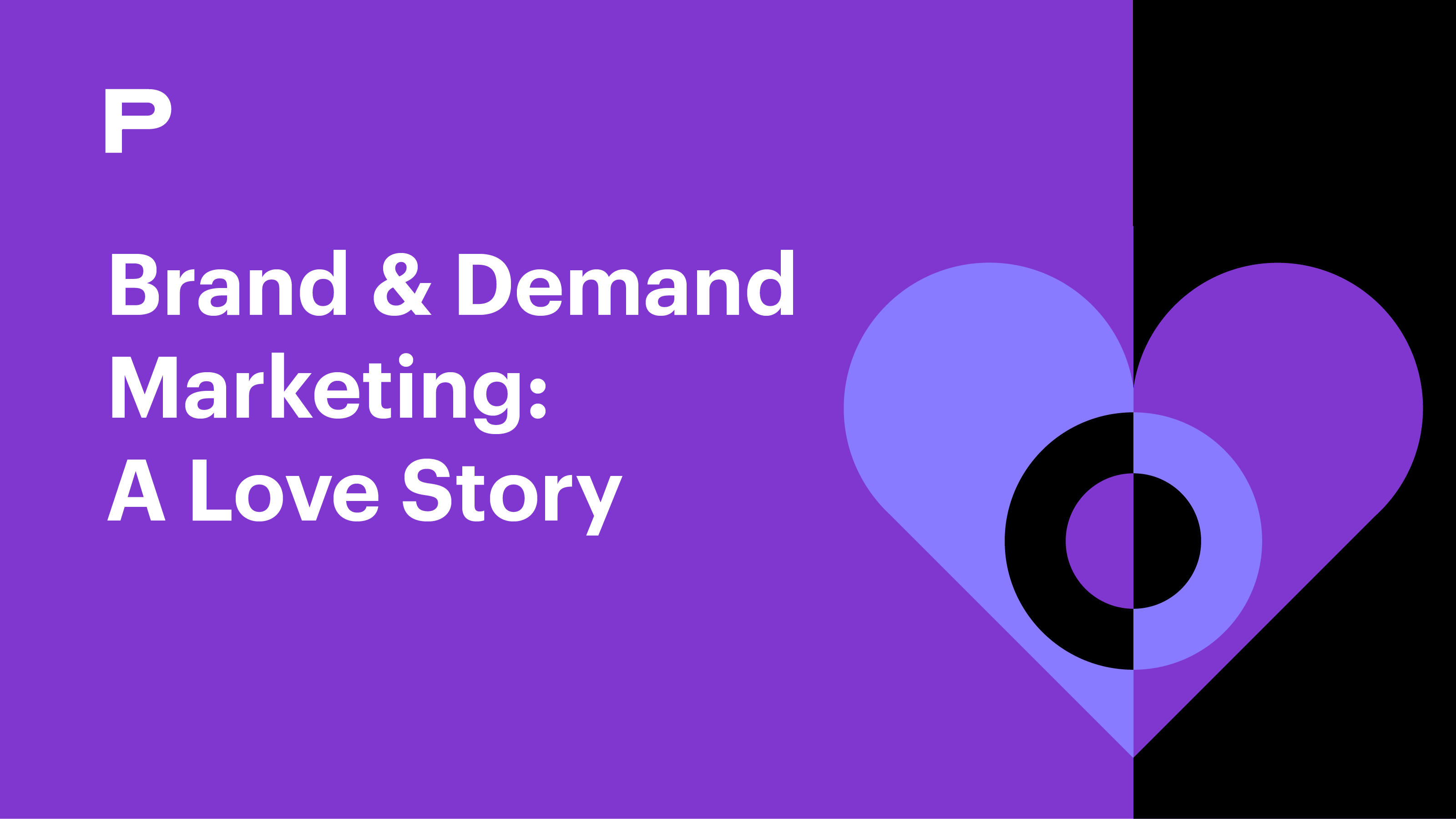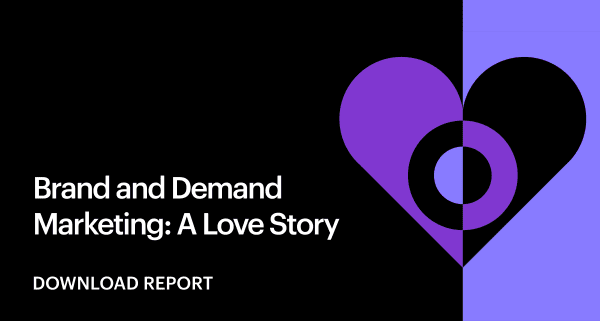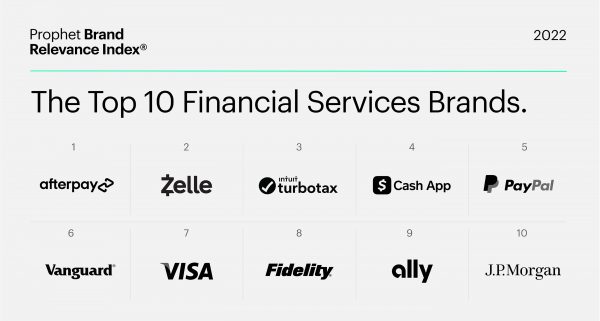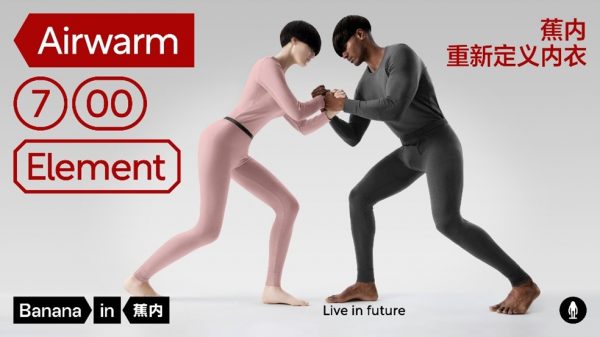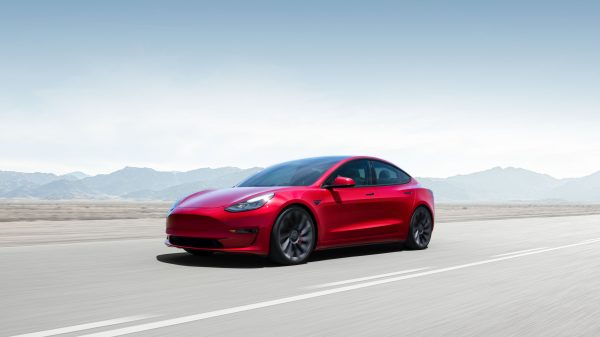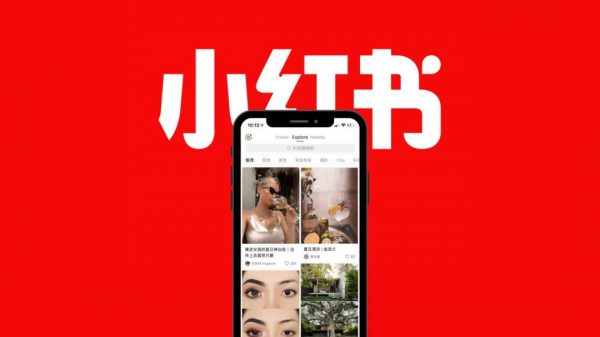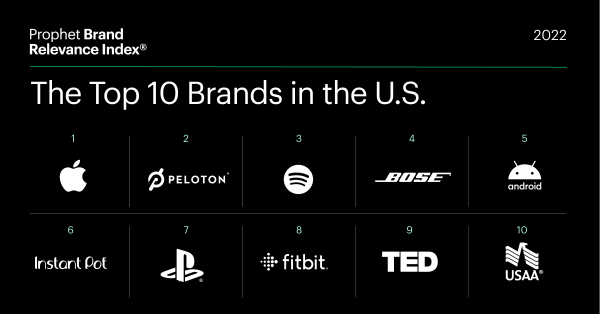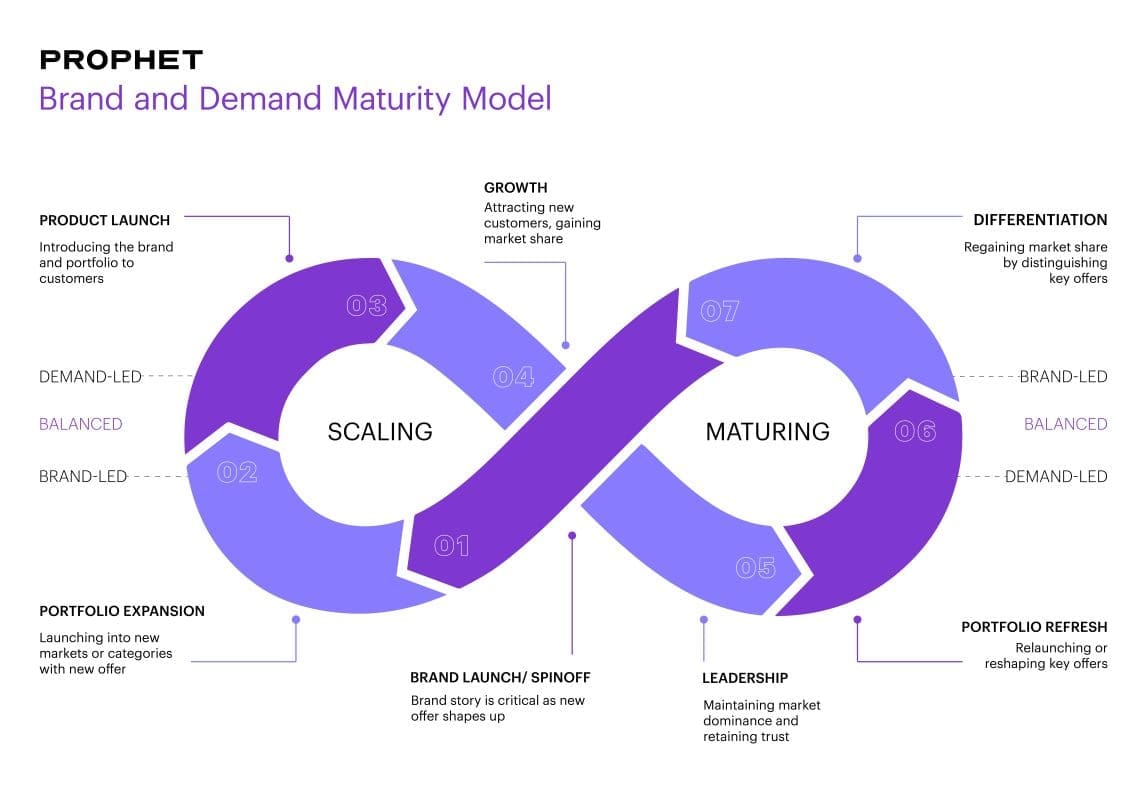BLOG
How Sales and Marketing Drive Relevance
While sales and marketing have always required a bit of art alongside science, Prophet’s latest 2022 Brand Relevance Index® (BRI) shows that the balance is shifting. The COVID-19 crisis has changed how people consider brands, increasing the human tendency to consume emotionally. In today’s climate, we want to feel brand love before we deploy our dollars. We want to buy from companies that make us feel good, seamlessly marrying depth of relationship with convenience and meaningful experiences. And, ultimately, that’s changed how demand is actualized.
Leaders of this year’s index–our seventh–reveal these new patterns. The best brands are increasingly finding success in our new normal by the way they connect with us as humans. Some go right to the heart, building emotional resonance. Others appeal to the head, drawing us in with practical benefits. A small group of all-stars, led by Apple, Peloton, Spotify, Bose and Android, manage to do both.
Even when faced with significant speed bumps, these companies know customer relationships are everything in the world of demand generation. Relationships sit at the intersection of growth, experience and data. Brands that understand that dominate this year’s index. They are prioritizing innovation investments in the service of customer needs. The most relevant marketers push beyond the status quo, driving brand marketing investment to conversion.
We see them acing demand generation in two ways. Relevant brands are …
Deepening Relationships
The next iteration of acquisition and retention is maintaining devoted relationships with customers. Peloton, which ranks #2 overall and comes in first in our “Heart” metrics, perfectly illustrates that brand passion. Devotees could care less about its sputtering stock valuation. They just prize it for the rich experience, and the ongoing value exchange between consumer and company, across channels and touchpoints.
Relevant brands like Peloton have built products that seamlessly integrate into the lives of their customers and then rely on advocacy to promote pipeline. When something is indispensable to us, it’s easy to inspire others to participate. Tactics like Peloton’s “refer-a-friend” are mutually beneficial and authentic.
Spotify (#3), PlayStation (#7) and USAA (#10) are also thriving on the rich sense of discovery and community-building.
Fostering customer relationships requires a transition from investment to brand perception metrics. And it calls for prioritizing improved retention and loyalty models that focus on relationship longevity.
Demand generation and performance marketing allow brand marketers to relentlessly test and learn. When relevance is a moving target, performance branding will enable us to reach customers in new ways and experiment with tactics. Performance marketing is the finger on the pulse of all relationships.
Monetizing Experiences
It’s not news that the brands at the top of the index are known for providing engaging and unforgettable experiences for customers. In turbulent times, relevant brands help people feel safe and make life easier. They encourage us to experience parts of ourselves that we’ve missed in this constrained pandemic period. Generating demand and monetizing these trusted experiences requires careful finesse.
Increasingly, we see opportunities for investment in revenue streams through user interface and experience. Innovative brands are reframing go-to-market strategies. For example, some are redefining sponsored commerce beyond traditional search and banner ads, building an ecosystem for media that can extend into brand-owned properties, channels and ad units. These brands have an opportunity to explore what we call “BYO (build your own) Walled Garden,” obtaining both valuable first-party data and ad revenue.
“Innovative brands are reframing go-to-market strategies..”
Apple is the most obvious example, moving from device-driven relationships to becoming an arbiter of news, music, video and apps. It’s no surprise that it’s ranked #1 since we started our relevance research in 2015.
Companies like Fitbit (#8), TED (#9) and Teledoc (#21) are also flourishing through expanding ecosystems.
Others are gaining relevance through the rise of open payment architecture. Afterpay (#11) leads our index in financial services, showing that consumers value digital-first, customizable solutions that are reliable and transparent. Of the 293 brands we measured, it ranks #1 in the “Lives up to its promises” attribute. These “Buy Now/Pay Later” models afford trusted and convenient opportunities for customers to transact in channel. And they create new revenue streams for savvy organizations.
These customer-acquisition efforts have a direct influence on brand perception–both positively and negatively. And they are increasingly defining cross-channel customer strategy. As the marketing value chain collapses, we have instantaneous feedback between brand-marketing investment and revenue attribution. Growth-minded CMOs find the delicate balance in customer experiences that support both brand and demand.
FINAL THOUGHTS
The Future of Branding is Performance-Oriented and Vice Versa
We see first-hand the value clients achieve when they overcome capability silos–even within marketing. Coordination across customer-facing disciplines is fundamental for building relevance through customer understanding, targeting and addressability. It’s also critical in achieving greater precision in measuring upper-funnel brand impact, both due to data and experiential continuity.
To achieve uncommon growth, brands have to measure the sales stimulation that arises from brand awareness and perception shifts. With marketing fatigue and increasing budget pressure, the onus is on brand advertising to evolve from “spray and pray” to value-added and relevant placements.
Likewise, performance marketers need to lean into the incredible value of a beloved brand. Demand generation must support–not undermine–brand trust, love and relevance.
Get in touch today if you’d like to learn how to develop effective go-to-market strategies to unleash your company’s “Brand-Demand Love.”
Related Thinking
Brand Equity – Brand Value_1_A


